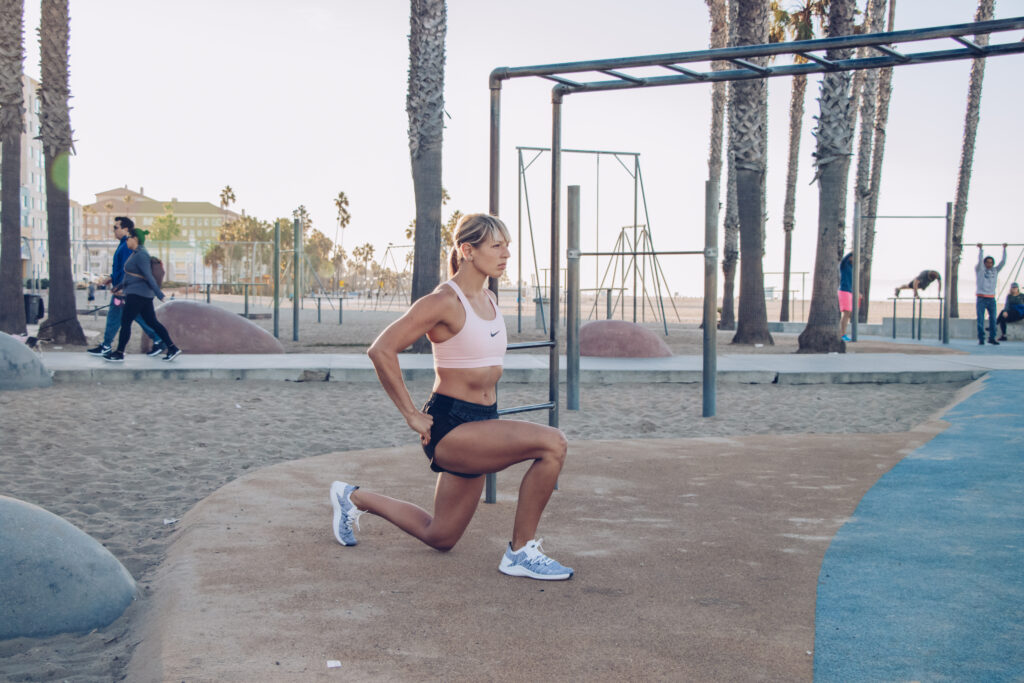
When you first start your fitness journey, having a personal trainer can be incredibly beneficial. They teach you proper form, design personalized workouts, and motivate you to push harder.
But over time, it’s important to develop the skills to assess your own form and take charge of your fitness routine. Not only does this make you more independent, but it also deepens your understanding of how your body works, helping you achieve your goals more effectively. I’m a firm believer that everyone should outgrow their trainer at some point (unless, of course, you’re seeking specialized knowledge—then having a coach can be crucial!).
Here’s how you can become your own personal trainer:
Form Matters: The Importance of Self-Assessment
A lot of people automatically think they’ll get injured if they don’t have a trainer nearby. This is why learning to assess your own form is so crucial. By building self-assessment skills, you’ll avoid injuries, ensure you’re working the right muscles, and get the most out of your workouts.
When you can confidently evaluate your technique, you become more attuned to your body, leading to better results and fewer setbacks.
(This is also why I love bodyweight exercises —there’s much less risk of injury!)
The Transition from Trainer to Self-Guided Workouts
While personal trainers are invaluable when you’re starting out, becoming self-sufficient in your fitness journey is an important milestone. It allows you to tailor your workouts to your evolving goals and gives you the freedom to train on your terms.
Tools and Techniques for Assessing Your Own Form:
Mirror Work
One of the simplest ways to check your form is by using a mirror. Position it so you can see your full range of motion during exercises. Pay attention to the alignment of your body, ensuring everything is in the correct position as you move.
Video Recording
Recording your workouts can provide insights that aren’t obvious in the moment. Set up your phone or camera at a good angle to capture the full movement. After your workout, review the footage to spot any deviations from proper form. I know it feels embarrassing to do this at the gym, but it really is one of the best ways to assess your progress and know if your form is correct.
Body Awareness
Developing a strong mind-muscle connection is essential. This means being fully aware of how your body feels during each exercise. Pay attention to any discomfort in areas that shouldn’t be engaged and adjust your form accordingly.
Feedback from Others
Even if you’re training alone, it’s helpful to occasionally get feedback from others. Ask a workout buddy to watch your form or post a video in a fitness community for constructive critique. This external perspective can catch things you might miss. Alternatively, schedule a session with a trainer every few months for a checkup to see how you’re doing and if you need to make any adjustments.
Key Exercises and What to Look For
Here are some standard exercises and what to look for when doing them. You’ll see both the common mistakes made in each and how to correct them! This should help you start to see the patterns in form correction.
Squats
- What to Look For: Your knees should track over your toes without caving in, your back should stay neutral (not overly arched or rounded), and your weight should be evenly distributed across your feet.
- Common Mistakes: Knees caving in, lifting heels off the ground, or leaning too far forward.
- How to Correct: Focus on pushing your knees out, keeping your chest up, and engaging your core throughout the movement.
Push-Ups
- What to Look For: Your body should form a straight line from head to heels, with elbows at about a 45-degree angle from your torso. Your chest should touch the ground, and your hips should not sag.
- Common Mistakes: Sagging hips, flaring elbows, or not going deep enough.
- How to Correct: Engage your core to keep your hips level, and focus on controlled, full-range motion.
Planks
- What to Look For: Your body should form a straight line from head to heels, with shoulders directly over your elbows or hands, depending on the variation.
- Common Mistakes: Sagging hips, lifted butt, or letting your head drop.
- How to Correct: Tighten your core and glutes, keep your neck neutral, and hold a steady, controlled position.
Hanging Knee Raises
- What to Look For: Keep your torso still and engage your lower abs to lift your knees toward your chest. Avoid swinging your body to create momentum.
- Common Mistakes: Swinging your legs, arching your lower back, or using your upper body to create motion.
- How to Correct: Focus on controlled movement, raising your knees with your abs, and keep your body as still as possible.
How to Start Assessing Your Own Form and Become Your Own Personal Trainer
Becoming your own personal trainer is an empowering step in your fitness journey. By learning to assess your form, you’ll not only gain independence in your workouts but also deepen your understanding of your body and its movements.
Remember, the goal is to continuously refine your technique and stay mindful of your form to avoid injury and maximize results. With these tools and techniques, you’ll be well on your way to mastering your workouts and achieving your fitness goals!


